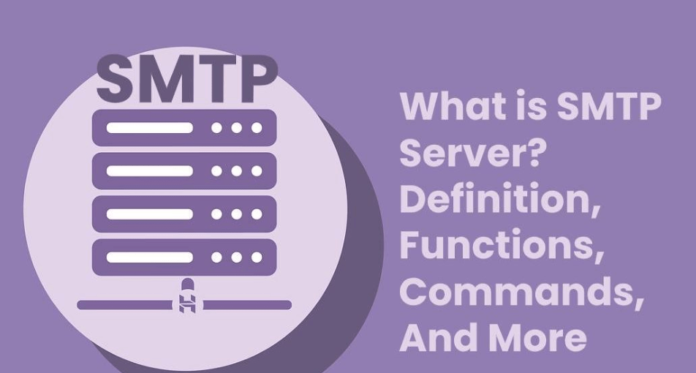What is an SMTP server? An SMTP (Secure Multiple Transport Protocol) server is a program that s main function is to transmit, receive, and possibly deliver messages between computer networks and email senders or receivers. An SMTP server tends to be tied up tightly with its ISP (Internet Service Provider), so that the performance of the SMTP servers on a corporate network is usually quite poor. That is not to say that it cannot be improved upon, but usually in a more subtle manner. For example, many SMTP servers use port communication protocol which is a slower than normal protocol, but it is used because it is cheap and easy to configure.
Difference Between an SMTP Server and an SMTP Client
So, what is the difference between an SMTP Server and an SMTP Client? Well, an SMTP Server has an IP address, or domain name, which is unique to each machine, whereas an SMTP client connects to a computer via a connection such as a VPN (Virtual Private Network) and then establishes a session with the SMTP Server. SMTP also has both a standard and a custom modem that it uses to connect to other SMTP Servers. SMTP commands can also be passed between SMTP servers, although this feature usually depends on the type of SMTP Server being used.
There are several different types of SMTP Servers available for users, ranging from classic IP-based mail servers, to more robust and feature-rich LSM (mail servers with multiple protocols) and MTP (mail servers with multiple protocol extensions). SMTP servers also provide the ability to establish a secured SMTP connection which is achieved by ‘authenticating’ each SMTP client to the server before sending out any email. This type of authentication is commonly referred to as ‘SSL’ and has been standardized in the widely used industry standard, The International Standards Organization’s (ISO) Standards Derivatives. Many companies providing mail servers offer SMTP service at varying rates, depending on the number of allowed connections per server, the speed of delivery, the intended recipients’ countries of residence, etc.
To start using an SMTP Server, you need an account first on one of the many webmail providers such as Gmail, Hotmail, Yahoo! or MSN. Once you have an account, you can go ahead and open a session on your chosen SMTP Server to complete all the necessary configuration. Typically, most SMTP services will support only one basic protocol, commonly the standard SMTP protocol, but some SMTP services that do support several protocols include ICMP Echo Request (Echo) protocol, ICMP Ping protocol, TCP/IP, POP/SMTP, IMAP, and many others.
In simple mail transfer protocol (SMB), each computer that is connected to the SMTP service has its own virtual IP address. Every other computer on the network receives the IP address of the last router in the network (which is physically separate from the servers). In other words, every machine is considered a ‘client’ in the SMTP conversation. To send a message to another client, the SMTP protocol allows for both text and graphics representation of the subject matter or message. SMTP servers can establish these connections over a network of low-cost, low latency connections like those found in the traditional telephone network.
SMTP also allows for various command strings, which allow the user to control various aspects of the SMTP conversation. These command strings can be used to set the parameters such as the recipient’s email address, desired time of delivery, message retry duration, or the ability to check the non-delivery status of the message. Most SMTP servers have the ability for a user to specify their own list of ‘exit codes’, which will be translated into an immediate return of the client back to the sender. The SMTP protocol can also employ options for authentication, encryption, MAC addresses, portability, security and integrity. SMTP offers a scalable and flexible environment for performing business emails over the internet.

![What is a POC [Proof of Concept]? – Definition, Uses, Features and More What is a POC [Proof of Concept]? – Definition, Uses, Features and More](https://www.todaytechmedia.com/wp-content/uploads/2022/02/r-218x150.jpg)









